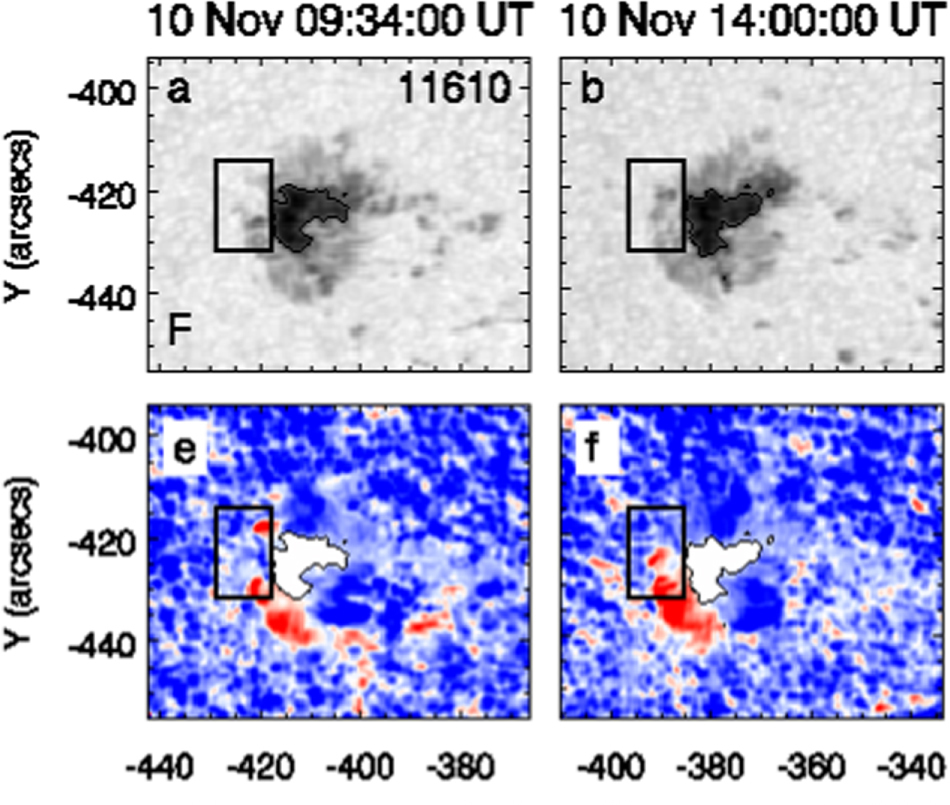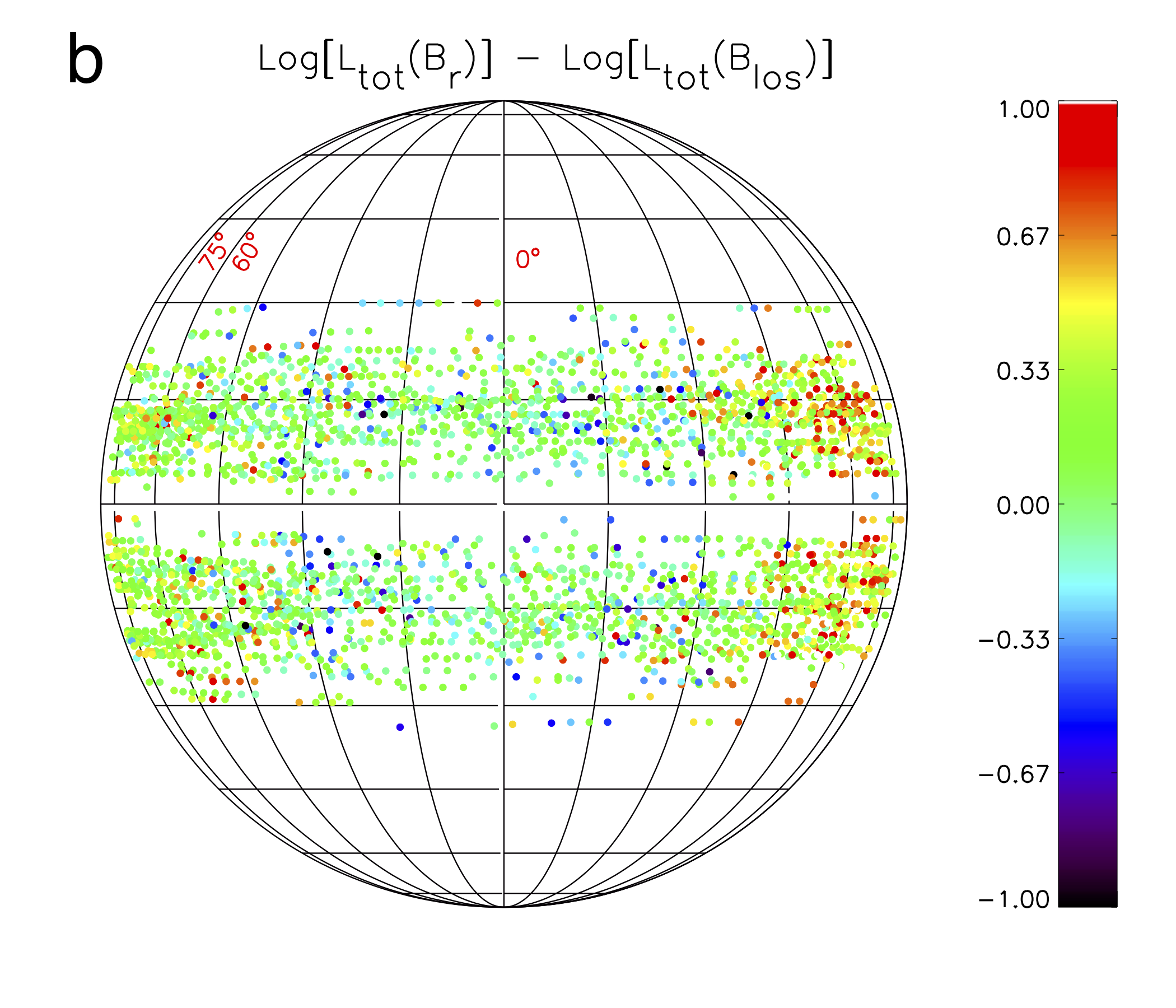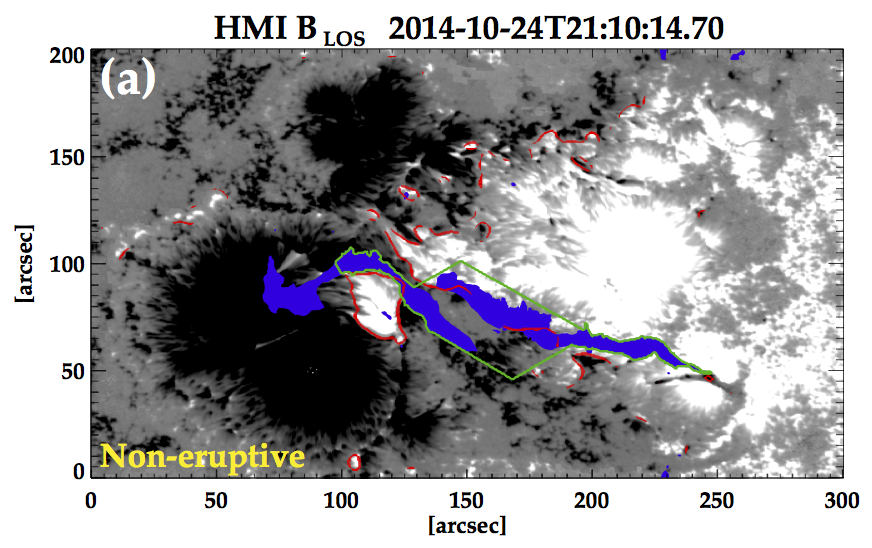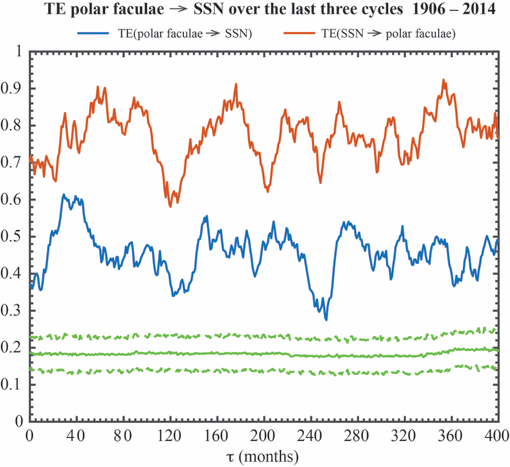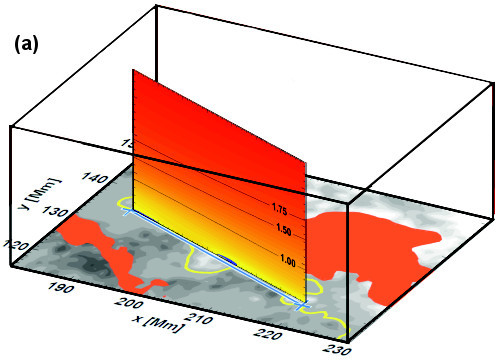Monthly Archives: March 2018
92. Photospheric Magnetic Properties of Active Regions: Br or Blos?
91. On The Origin of the Double-Cell Meridional Circulation in the Solar Convection Zone
90. A Comparative Study of the Eruptive and Non-Eruptive Flares Produced by the Largest Active Region of Solar Cycle 24
AR12192, the largest active region in Solar Cycle 24, produced 6 X-class flares, but none of them were associated with a CME. However, a much weaker flare, of M4.0-class, was associated with a CME. Magnetic field and morphological changes are analyzed during these flares to understand why this is the case.

